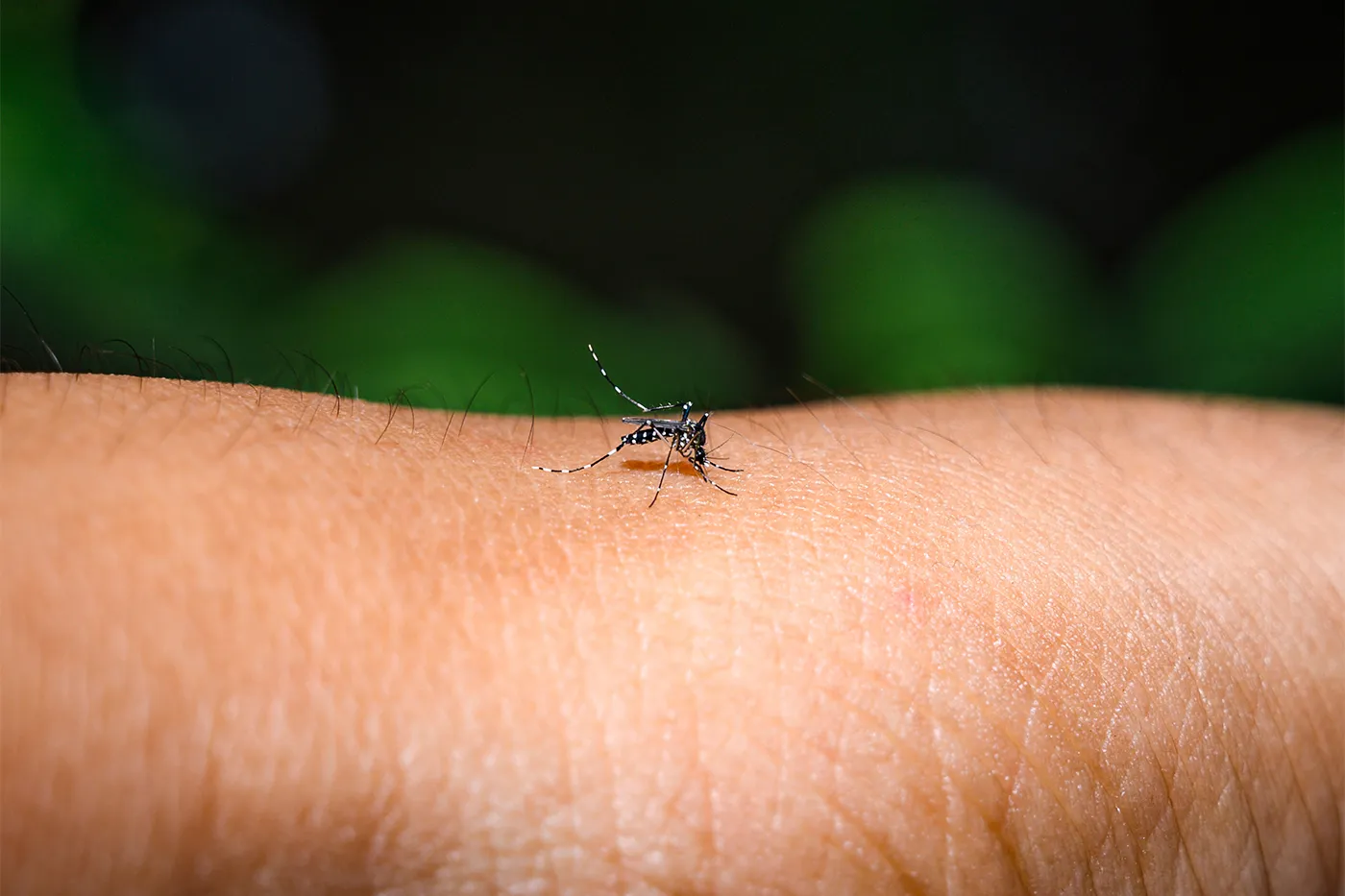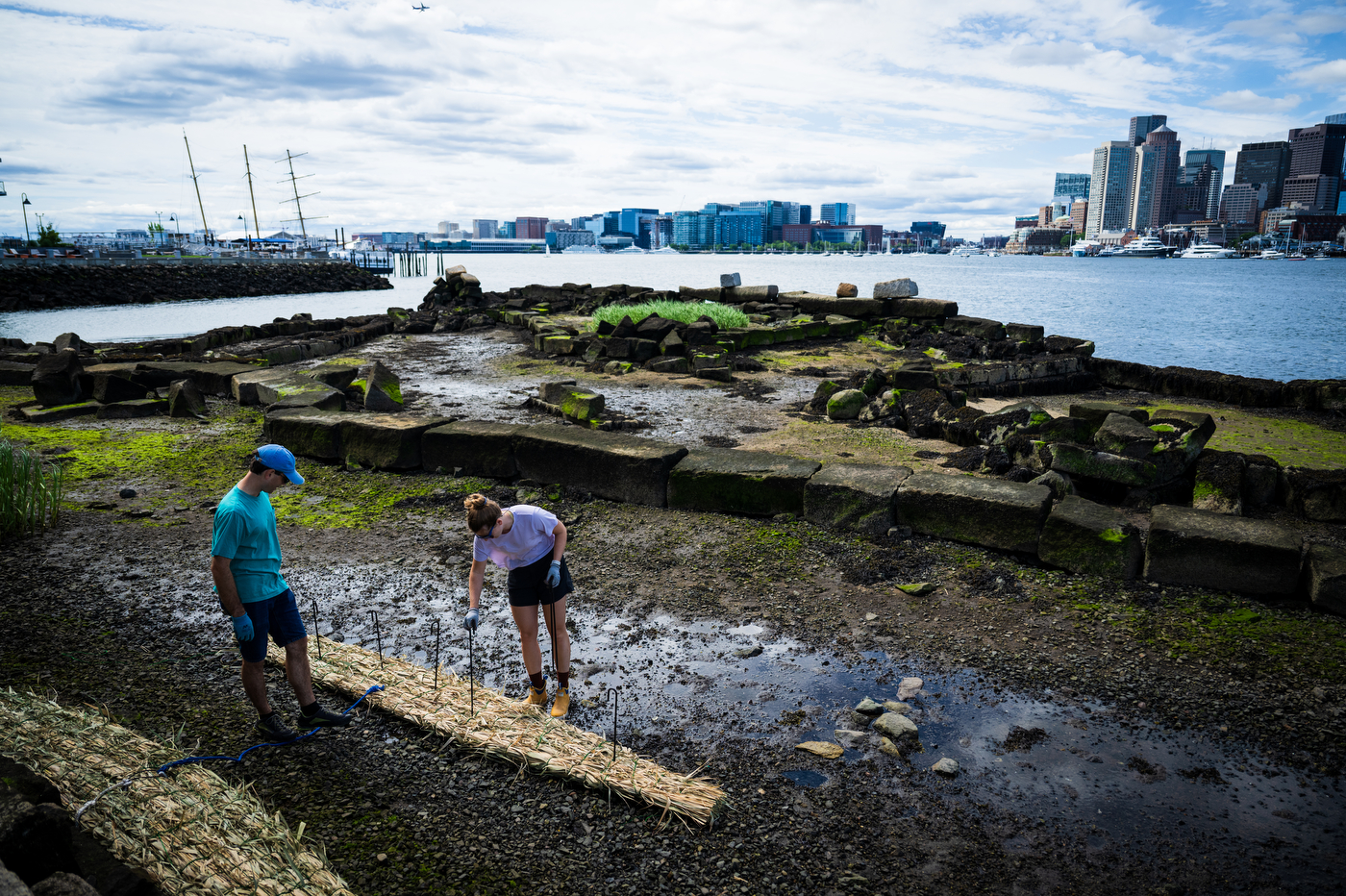In the days before a catastrophic flash flood swept through rural Texas over the July 4 weekend, the region was parched by drought.
Even as search crews trudged through mud and debris in search of victims — at least 135 people lost their lives — some parts of the county remained super dry.
The rapid swing between drought and heavy precipitation is known as weather whiplash.
Northeastern University researchers say to expect more of it in the future.
A relatively new term
The term “weather whiplash,” or “climate whiplash,” is relatively new in scientific literature, according to Samuel Muñoz, an associate professor of marine and environmental sciences at Northeastern.
“It’s a rapid transition from unusually dry conditions to unusually wet conditions, or the opposite, from unusually wet to unusually dry,” he says. “So a quick transition from dry to wet or wet to dry.”
The rapid cycle from wet to dry is also potentially destructive. In California it has created the perfect conditions for wildfires after heavy rains gave rise to an explosion of plant life that then acted as combustible fuel in hot, dry weather.
Read more at Northeastern Global News.
AP Photo/Brynn Anderson, File









